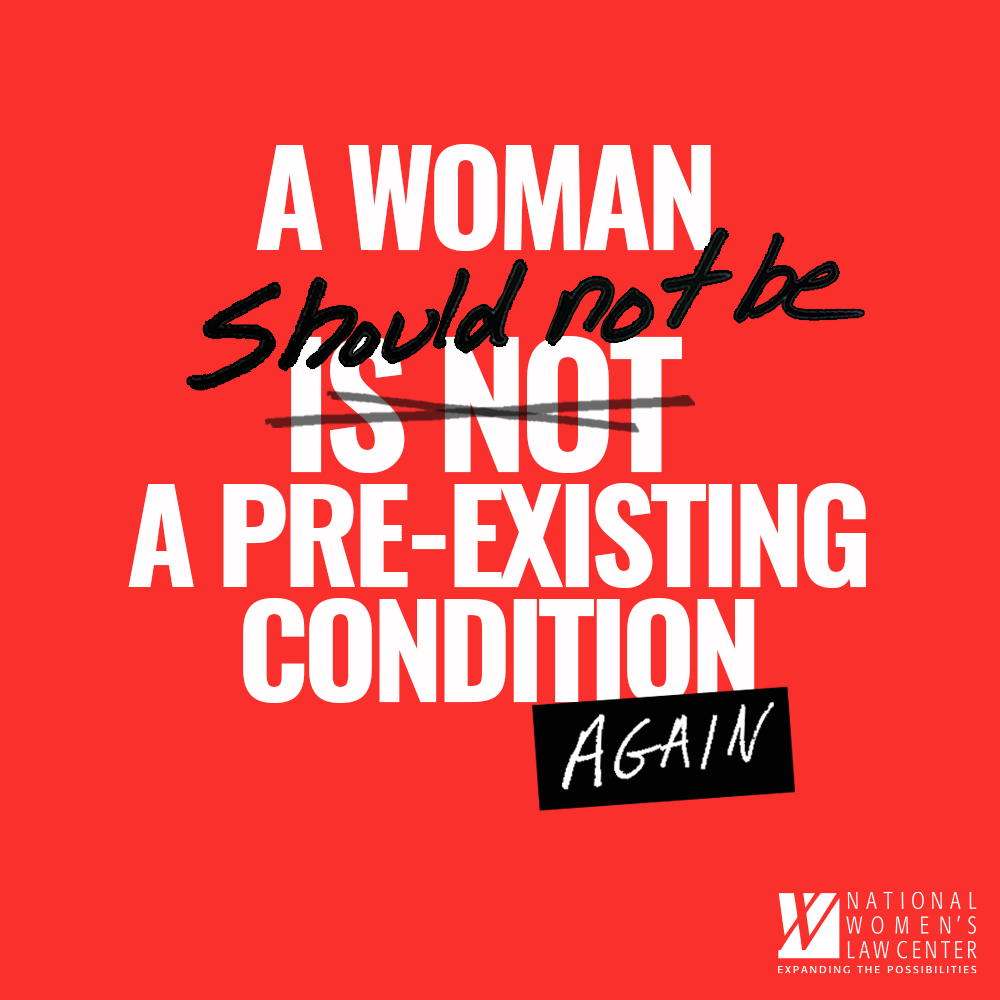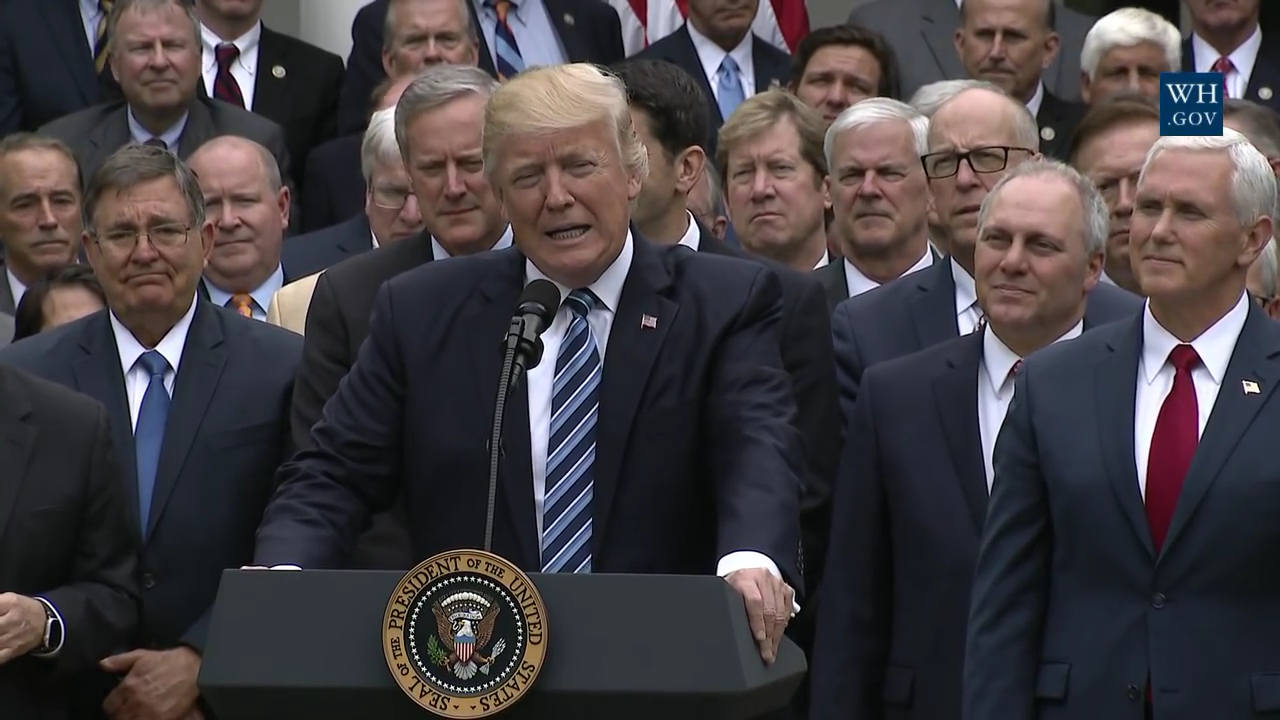Abortion rights, women of color, and LGBTQI+ people are under attack. Pledge to join us in fighting for gender justice.
A Look at What Trump’s Executive Order on the Affordable Care Act Does and Does Not Do

 Hours into his new role, President Donald Trump signed a politically-motivated Executive Order (EO) reiterating his commitment to repealing the Affordable Care Act (ACA), also known as “Obamacare”—a promise that he made throughout his campaign. While the EO does not actually repeal the law, it outlines the Administration’s position of support for ACA repeal and signals to federal agencies, like the Department of Health and Human Services and the Department of Treasury, that they might have some ability to pull back on enforcement of the law’s requirements.
Hours into his new role, President Donald Trump signed a politically-motivated Executive Order (EO) reiterating his commitment to repealing the Affordable Care Act (ACA), also known as “Obamacare”—a promise that he made throughout his campaign. While the EO does not actually repeal the law, it outlines the Administration’s position of support for ACA repeal and signals to federal agencies, like the Department of Health and Human Services and the Department of Treasury, that they might have some ability to pull back on enforcement of the law’s requirements.
To help clear up some of the—perhaps intentional—confusion surrounding the EO, here are some key points about what the EO does and does not do:
What the Executive Order does not do:
- It does not repeal the Affordable Care Act.
- It does not take away any of your insurance coverage or benefits, including important benefits and consumer protections for women. You still have access to coverage that includes maternity coverage or important women’s preventive services, like breast cancer screenings and contraception.
- It does not let insurance companies off the hook for complying with the law. This means that insurance companies cannot deny you coverage based on pre-existing conditions, like prior pregnancies, or charge you more for health coverage simply because you’re a woman.
What the Executive Order does:
- Causes confusion. There was already enough confusion and uncertainty among individuals and within the health insurance market with Congress talking about repealing the ACA. This just fuels the confusion.
- This is about political posturing and setting a direction for future policy-making. It basically makes politicians feel like they’re doing something without really doing anything.
- Reflects a dangerous intention to strip away the ACA’s hard-won health coverage and consumer protections.
So the bottom line is that this is a mostly symbolic order that signals a strong disregard for the loss of coverage and benefits that will be experienced by millions of Americans if Congress moves forward with an ACA repeal. While this is a symbolic order, it doesn’t mean that we should ignore it or be complacent about ACA repeal.
We must be mindful of the congressional action that will follow this EO in the coming months. We must also be alert about how the Department of Health and Human Services (if headed by Rep. Tom Price, President Trump’s pick who has sought to repeal the ACA numerous times) will interpret his enforcement power.
So, while this EO may not do much in terms of immediate harm, stay tuned, stay engaged, and stay vigilant to ensure that important gains for women’s health care not dismantled in the coming months.





